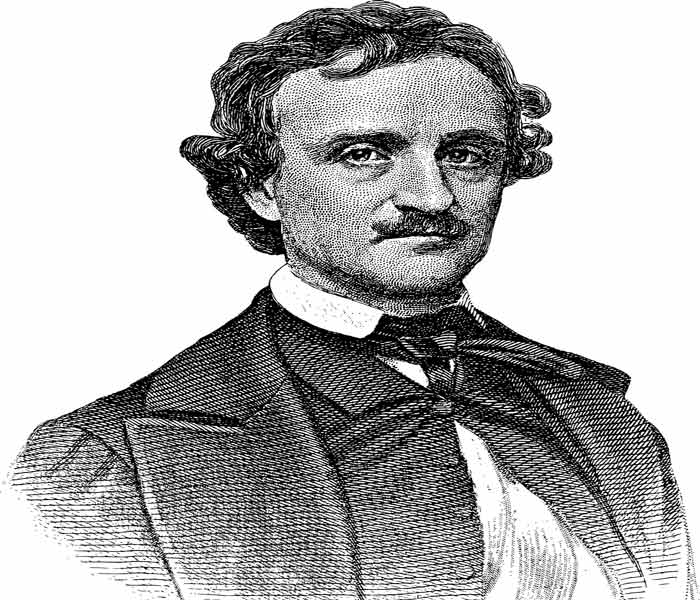Arthur Miller introduced two significant characters. One is Willy Loman in “Death of a Salesman.” Willy shows how the American Dream can go wrong. The other is John Proctor in “The Crucible.” He’s a good farmer dealing with a tough time during the Salem witch trials.

In American literature, Arthur Miller’s impact is like a strong and lasting thread. He’s known for his deep understanding of people and society, leaving a mark on literature that lasts. Miller dives into complex topics like society, morality, and individual struggles. But what truly sets him apart is his knack for creating characters that stick with you.
Let’s take a closer look at why Arthur Miller matters in American literature and why his characters are so memorable
Two Memorable Characters Created By Arthur Miller
Arthur Miller, a famous playwright, created characters that are interesting and thought-provoking. Two such characters are Willy Loman from “Death of a Salesman” and John Proctor from “The Crucible.” These characters show Miller’s talent in understanding people and the issues in society.
Character 1: Willy Loman from “Death of a Salesman”
- Background of the play:
“Death of a Salesman” is a story about Willy Loman, a salesman always chasing the American Dream. Arthur Miller wrote it in 1949, reflecting the changes and pressures in post-World War II America.
- Description of Willy Loman:
Personal traits: Willy is a charming but flawed character. He is optimistic but also insecure, facing inner struggles that make him interesting.
Psychological struggles: Willy believes success means being liked and having the American Dream. This belief causes him a lot of inner pain and conflicts.
- Significance of Willy Loman and the American Dream:
Willy shows the problems with the American Dream—how the idea of success can hurt people. The play questions if hard work alone can bring happiness.
- Impact of Willy Loman:
Willy’s character has left a strong impression on people. Critics praise Miller for creating a character that makes us think about the pressure society puts on us.
Character 2: John Proctor from “The Crucible”
“The Crucible” is a drama set in the 17th century during the Salem witch trials. Miller wrote it in 1953, using it as a metaphor for the fear of communism in the 1950s.
- Description of John Proctor:
Moral struggles: John is a farmer dealing with moral problems. His mistakes make him human, but he’s shown as a person of integrity, trying to do the right thing.
Relationships: Proctor’s relationships with his wife and others make him a more complex character. They show the challenges of personal choices.
- Historical and social context of “The Crucible”:
The play is about more than the Salem witch trials; it’s a comment on the fear of communism in the 1950s.
- John Proctor as a symbol:
Proctor becomes a symbol of standing up against unfair accusations and sticking to one’s principles. He’s seen as a brave character, and people appreciate his honesty.
To sum up, Willy Loman and John Proctor are two characters that show bachelorarbeit ghostwriting understanding of people and society. These characters make us think about the challenges individuals face and the pressures of society. Miller’s writing continues to capture the interest of a wide range of readers.
What Was Arthur Miller’s First Successful Play?
Arthur Miller’s first successful play was called “All My Sons,” and it came out in 1947. This play became really popular and made Arthur Miller well-known in the world of theater.
The story is set just after World War II, and it’s about a guy named Joe Keller. His son went missing in the war, and the play explores what happens when the truth comes out about what really happened to him. The play talks about important things like guilt, responsibility, and the challenges of trying to achieve the American Dream.
Joe Keller, the main character, is a businessman, and the play shows how his actions during the war affect his family and others. “All My Sons” received a special award called the New York Drama Critics’ Circle Award for being the best play.
This play was a big deal because it not only made Arthur Miller famous, but it also showed his talent in tackling important and tough topics in a way that people could understand and connect with.
What Was Arthur Miller’s Most Famous Work?
Arthur Miller’s most famous work is “Death of a Salesman” (1949). It’s a play about a guy named Willy Loman who sells things and has a hard time with the American Dream. The play talks about how success and ambition can be tough, and it won the Pulitzer Prize for Drama and a Tony Award.
People love “Death of a Salesman” because it shows the struggles of regular folks and talks about big ideas like success and who we are. It’s not just about one person; it’s about all of us.
The play touches on things that everyone can understand, and that’s why it’s still popular today. The characters feel real, and the story is ghostwriting diplomarbeit. It’s like looking at a mirror that reflects the challenges and dreams of many people. That’s why “Death of a Salesman” is considered Arthur Miller’s most famous work – it tells a story that speaks to everyone, no matter who they are or where they come from.
Final words
“Willy Loman from ‘Death of a Salesman’ and John Proctor from ‘The Crucible’ are truly unforgettable characters. Willy Loman showed us how tough it can be to chase the American Dream. It made us think about success and how it can sometimes hurt families.
On the other hand, John Proctor in “The Crucible” made us see what happens when people go crazy with fear and how hard it is to do the right thing when everyone else is doing wrong.
Arthur Miller did a great job making characters that stick with us and make us see the world in a new way. That’s pretty awesome!



Pingback: Two Memorable Characters Created By Angie Thomas